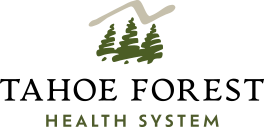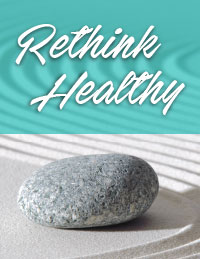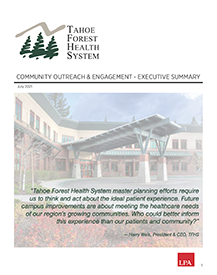Tahoe Forest and Incline Village’s skilled teams lead the way in rural stroke care
The stroke team at Tahoe Forest Health System has been recognized as a leading rural acute stroke receiving center by the American Heart Association. We’re here if you need us, but our focus is on prevention and early detection of stroke. Understanding what a stroke is, recognizing its symptoms, and taking steps to prevent it can make a significant difference in reducing its impact.
If you or someone you know experiences signs of a stroke, act quickly to get medical attention—every second counts.
Learn more about stroke
What is stroke?
A stroke is a serious medical condition that occurs when blood flow to the brain is interrupted or reduced, preventing brain tissue from getting the oxygen and nutrients it needs. This disruption can cause brain cells to die within minutes, leading to potentially severe and life-altering consequences. Strokes are a leading cause of disability and death worldwide, making it crucial to understand the condition and recognize its warning signs.
Types of stroke
There are three main types of stroke:
- 1
Ischemic stroke: This is the most common type of stroke, accounting for about 87% of all cases. It occurs when a blood clot or other obstruction blocks blood flow to the brain.
- 2
Hemorrhagic stroke: This type occurs when a blood vessel in the brain bursts, leading to bleeding in or around the brain. Common causes include high blood pressure and aneurysms.
- 3Transient ischemic attack (TIA): Often called a “mini-stroke,” a TIA is a temporary period of symptoms similar to a stroke. It doesn’t cause permanent damage but serves as a warning sign for future strokes.
Symptoms of stroke
Recognizing the symptoms of a stroke quickly can save lives. Use the acronym BE FAST to identify the warning signs:
Balance
Sudden loss of balance or coordination.Eyes
Sudden trouble seeing in one or both eyes.Face
Ask the person to smile. Is one side of the face drooping or numb?Arms
Ask the person to raise both arms. Does one arm drift downward or is it weak?Speech
Ask the person to repeat a simple sentence. Is their speech slurred or hard to understand?Time to Call 911
If any of these symptoms are present, call emergency services immediately.Other symptoms may include sudden confusion, vision problems, severe headache, or difficulty walking.
Causes & risk factors
Several factors can increase the risk of stroke, including:
- 1
Medical conditions: High blood pressure, diabetes, heart disease, and high cholesterol.
- 2Lifestyle choices: Smoking, excessive alcohol consumption, poor diet, and lack of physical activity.
- 3Age and gender: While strokes can happen at any age, the risk increases with age. Men are slightly more likely to have strokes, but women tend to have worse outcomes.
- 4
Family history: A family history of stroke can raise your risk.
Prevention
Preventing a stroke often involves managing risk factors and making healthy lifestyle choices. Here are some steps you can take:
- Maintain a healthy diet rich in fruits, vegetables, and whole grains.
- Exercise regularly to improve cardiovascular health.
- Quit smoking and limit alcohol consumption.
- Manage chronic conditions like high blood pressure, diabetes, and high cholesterol through regular check-ups and medications as prescribed.
Treatment and recovery
The treatment for stroke depends on its type and severity, but may involved medication or surgery.
Recovery from a stroke can be a long process that includes rehabilitation therapies such as physical therapy, occupational therapy, and speech therapy. Support from medical professionals, family, and caregivers plays a crucial role in helping stroke survivors regain independence.
Resources
Understand how diet can help you prevent stroke and find healthy recipe inspirations.
Learn more about different types of stroke, their impacts on patient’s lives, and support resources for caregivers.
English
- Stroke Discharge Education (PDF)
- Stroke Resource Library: For Patients and Caregivers
- Stroke Support Services (PDF)
- Understanding Stroke Booklet (PDF)
- Carotid Artery Stenosis (PDF)
- Subdural Hematoma (SDH) (PDF)
- Hemorrhagic Stroke Booklet (PDF)
- Carotid-Cavernous Fistula (CCF) (PDF)
- Acute Ischemic Stroke (AIS) (PDF)
- Intracerebral Hemorrhage (ICH) (PDF)
- Arteriovenous Malformation (AVM) (PDF)
- Subarachnoid Hemorrhage (SAH) (PDF)
Spanish
- Educación Sobre Derrame Cerebral para el Alta (PDF)
- Qué es un Accidente Cerebrovascular (PDF)
- Estenosis de la Arteria Carótida (PDF)
- Hematoma Subdural (HSD) (PDF)
- Fístula CarótidaCavernosa (CCF) (PDF)
- Accidente Cerebrovascular Isquémico Agudo (ACVIA) (PDF)
- Hemorragia Intracerebral (HIC) (PDF)
- Malformación Arteriovenosa (MAV) (PDF)
- Hemorragia Subaracnoidea (HSA) (PDF)
Find a support group to help prevent stoke or cope with challenges as a caregiver.
- FREED
- The Wise Mind Series – A Brain Health Education Series
- LoveYourBrain: LoveYourBrain empowers people with brain injury and caregivers to feel more resilient, connected, and able to lead fulfilling lives.
- Renown Health Stroke Support Group (Reno, NV)
Meet our team
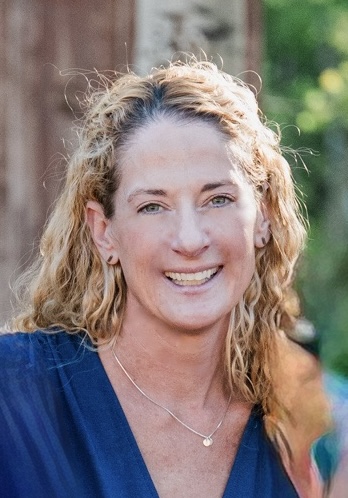
Dr. Abby Young
Stroke Operations Director
Dr. Abby Young, a DO specializing in emergency medicine, has been a dedicated member of the Tahoe Forest Hospital team since 2015. Driven by a deep commitment to her community, she has been instrumental in building the Tahoe Forest Stroke Program. Dr. Young’s passion lies in empowering Tahoe residents to maintain their active and healthy lifestyles. She focuses on establishing preventative care, ensuring rapid access to optimal emergency stroke care and improving access to post-stroke care and rehabilitation within the Tahoe Forest System.

Dr. Joshua Kreiss
Neurology Advisor
Dr. Joshua Kreiss is a neurologist with nearly 20 years of experience caring for stroke patients in both inpatient and outpatient settings. He received specialized training in stroke care during his neurology residency at Brown University. Dr. Kreiss served as Stroke Director at St. Mary’s Medical Center for five years, then held the same role at Tahoe Forest for three years before transitioning to his current position as Stroke Program Neurology Advisor. He remains committed to supporting high-quality, evidence-based stroke care in our community.
Julie Morgan
Stroke Coordinator
Liz Cook
Stroke Champion IVCH
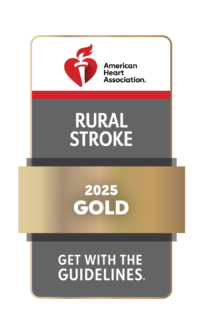
Awards & recognition
Learn more
For more information visit the American Stroke Association, a division of the American Heart Association
